Winter can feel like a gloomy time in the garden. The flowers of high summer are a distant memory, the rain is here to stay and the change of the clocks has put paid to any hope of working in the evenings.
However, there is still much to be done.
From looking after your garden tools, to splitting plants and planting bulbs for the seasons ahead, getting outside in your garden in the winter months can be rewarding and give you a chance to breathe fresh air and stay connected to the outdoors. Just remember to wrap up warm and reward yourself with a hot chocolate afterwards!
Our month-by-month winter gardening guide offers some ideas to keep you busy and lay the foundation for a great spring and summer next year.
Looking for more garden inspiration? Check out our guides to easy garden projects, winter gardening for wildlife and how to make a bird feeder.

Garden jobs to do in November
Clear up and shore up plants
Dead-head autumn-flowering plants and prune summer-flowering shrubs before the first frosts. Check structures are stable and if they aren’t, then mend them now before high winds and snow do more serious damage.
Keep off the grass
Although grass is evergreen it is dormant in winter, so avoid walking on it or you will damage it fairly easily. If you must walk on it, pop a plank down temporarily so that your weight is spread more evenly.
- Brighten up the dark winter days with our guide to the best plants for winter colour
Protect plants from the cold
Add cloches to winter salads to protect them from the weather and pests and wrap pots of half-hardy plants in bubble wrap or fleece. Bring tender plants indoors or put them in a greenhouse.
Put out feeders for garden birds
Birds will appreciate nuts, seeds and fat balls left out for them this winter. Remember to freshen up water regularly and ensure it doesn’t freeze over.
- Help visiting garden birds stay healthy throughout the seasons with our guide on how to care for wild birds
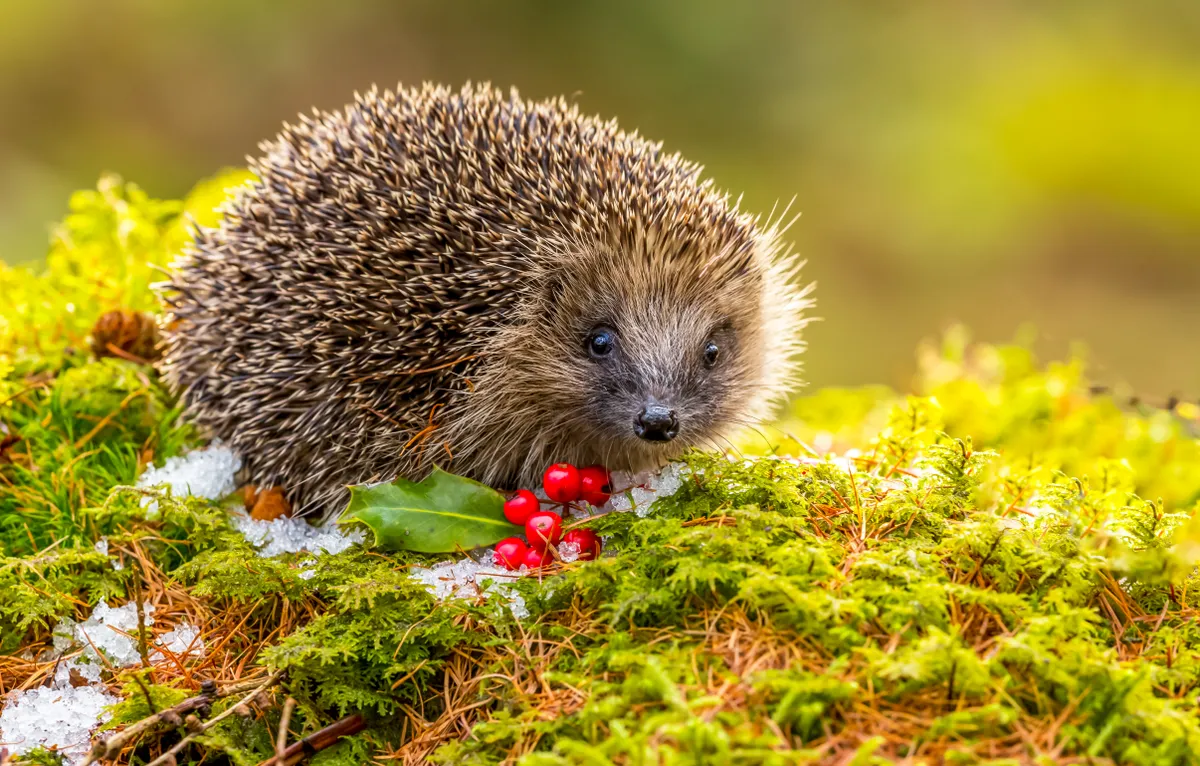
Create a compost heap
Add compost or well-rotted manure to your beds now for healthier plants next year. Either fork it in or, if you have no-dig raised beds, spread it on top. It’s also a good time to make leaf mold. Make a wire cage for the leaves so they don’t blow away, or keep in black plastic bags with a little soil added to help them break down, and a few punctures in the bag.
- Hedgehog numbers are declining, but there are plenty of ways you can help these charismatic mammals
Cover the ground
If you have an allotment, and you’re not planting a crop to over-winter, cover your empty veg beds with landscaping fabric or cardboard and weigh it down with planks and bricks. This will keep the weeds down over winter, and the soil will warm up quicker in spring. Covering beds also prevents loss of nutrients from the soil due to rain and wind.
Plant bulbs
There’s still time to get bulbs in the ground in November to guarantee winter colour from January onwards. Choose a mixture of varieties and plant in clumps, so that you get a good effect. You can lift and divide them every few years too.
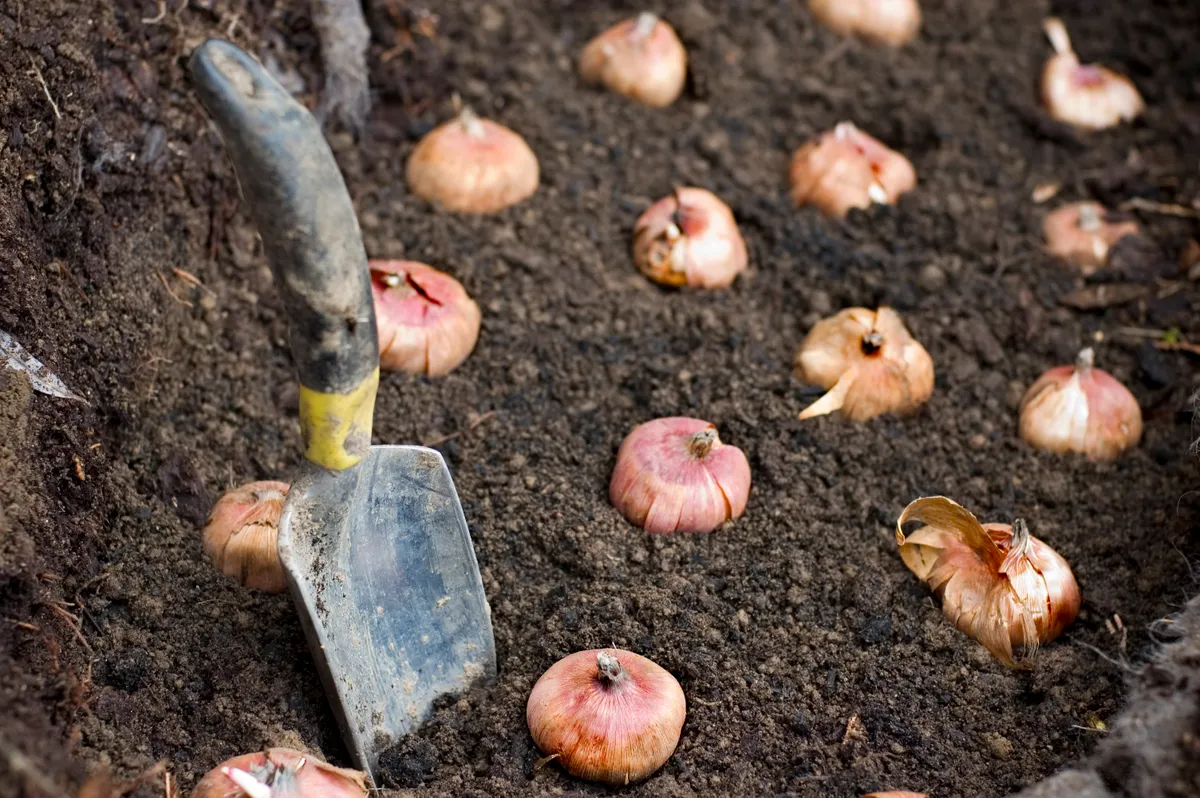
Garden jobs to do in December
Tidy and clean your tools
Get secateurs sharpened, fix loose spade handles and wash your gardening gloves. Sharp tools are safer and better for your plants, as a clean cut when pruning is less likely to let in disease. If you have a greenhouse or potting shed (lucky you), now’s the time to give it a good clear out.
- Sharpen your pocket knife using a stone with this simple technique
Bring your Christmas tree indoors
If you keep a live tree outside in a pot, bring it in a few days before Christmas and leave it for 24 hours before you decorate it. Conifers are very happy in the freezing cold, and miserable in a centrally-heated house, so give it plenty of water and keep it away from the radiators.
Christmas tree guide
Real Christmas tree or fake? Nordmann fir or Norway spruce? Rent a Christmas tree or buy? Our Christmas tree guide looks at tree varieties, how to choose the perfect Christmas tree, plus advice on how to care for your tree and environmentally friendly options
Plan ahead
Take stock of your gardening year. Do not be disheartened by your gardening imperfections or failures, but devote some time to pondering what you will do differently in the coming year.
Plant garlic and fruit bushes
Garlic can go into the ground now as long as the soil isn’t frozen or waterlogged. Rhubarb can be divided and bare-root fruit trees and bushes can be planted now, as can raspberries and blackberries.
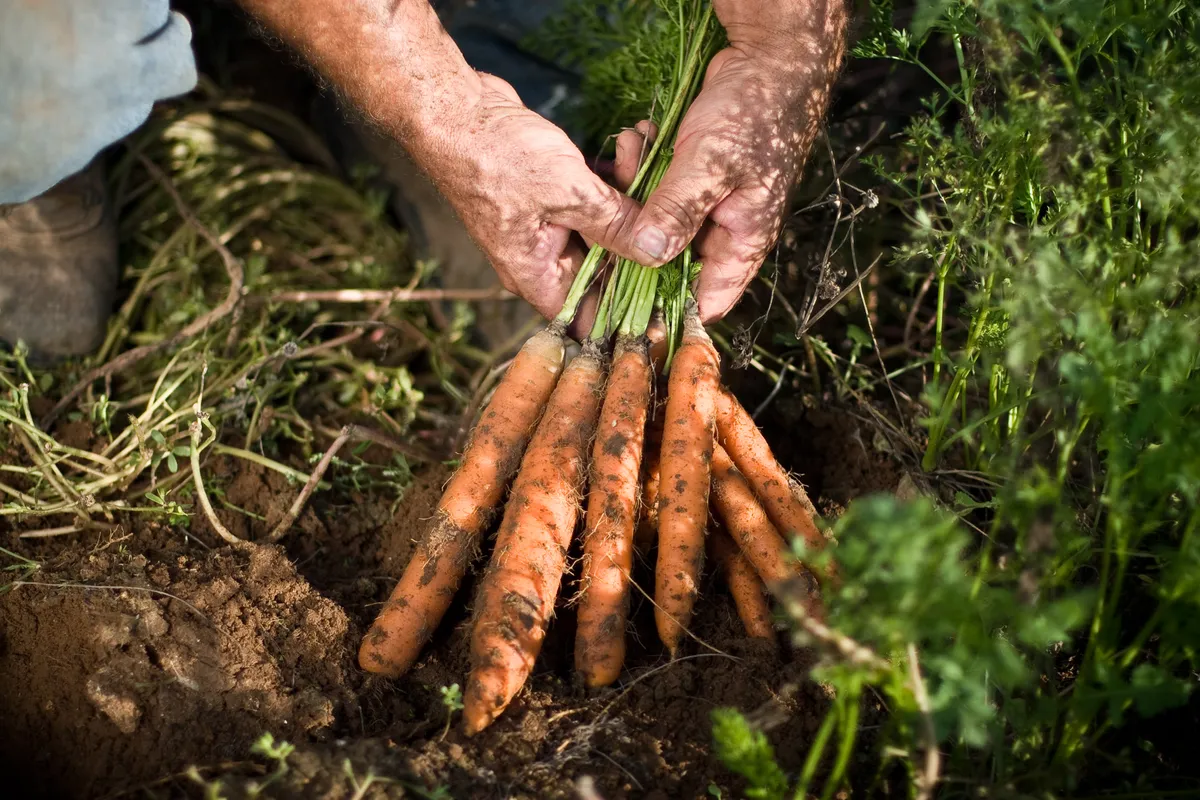
Store up root veg
Crops harvested in winter that can be stored include carrots and parsnips, cabbage, maincrop potatoes, late season apples and pears, pumpkins, squashes, beans, onions, shallots, garlic and root vegetables. Whether you’re wrapping apples in paper or digging a clamp for your carrots, inspect your harvest thoroughly and discard anything that’s not in perfect condition - not only will it rot, it’ll contaminate the rest of your crop.
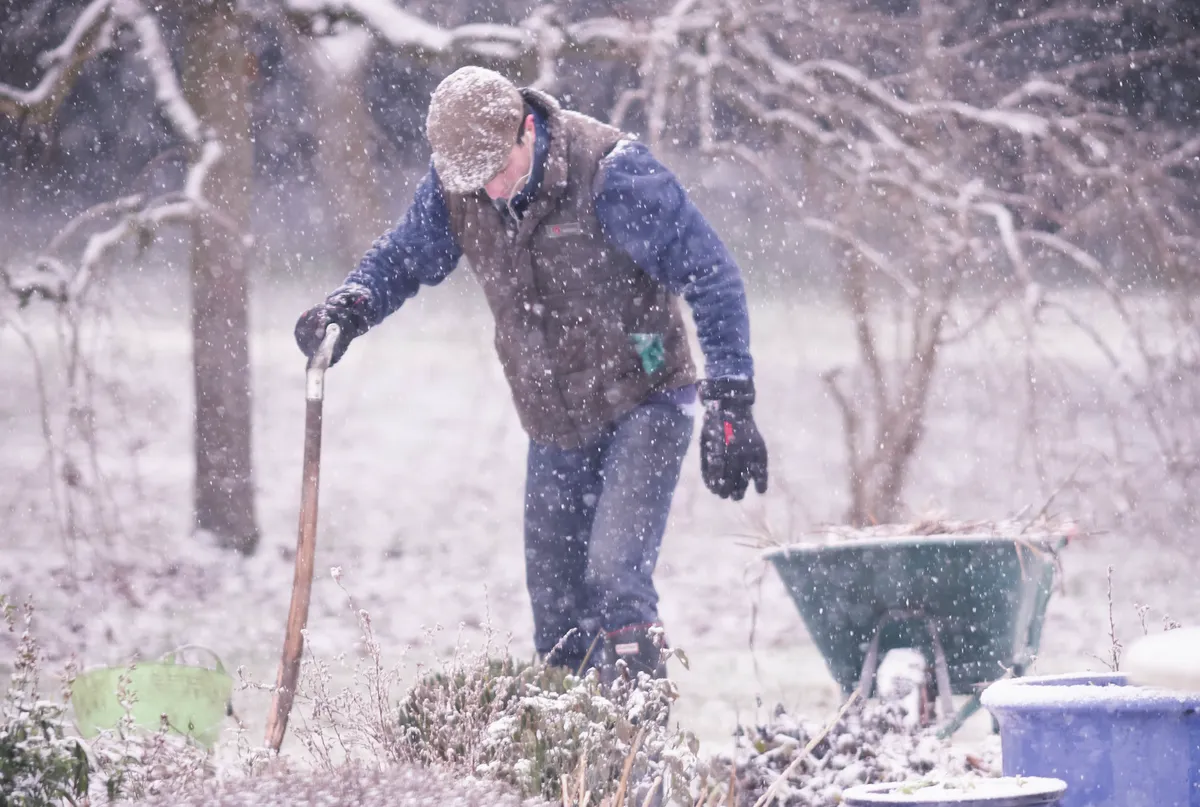
Garden jobs to do in January
Use your old Christmas tree in the garden
On the Twelfth Night – the last day of Christmas – many of us will be taking down our Christmas trees and leaving them out on the street ready for collection. But did you know these prickly spruces, firs and pines can be used in your garden to help wildlife and save money? Create a shelter for mammals, construct climbing frames for plants or build a dead hedge.
- Find out five great ways to reuse your old tree in the garden, helping wildlife, reducing consumption and saving you money
Order your seeds for spring
It’s still too early to dig, but it’s not too early to dream. Get your seeds ordered now for any veg and fruit you’re planning to grow. Ordering from seed catalogues guarantees more interesting varieties than can be bought at large commercial garden centres.
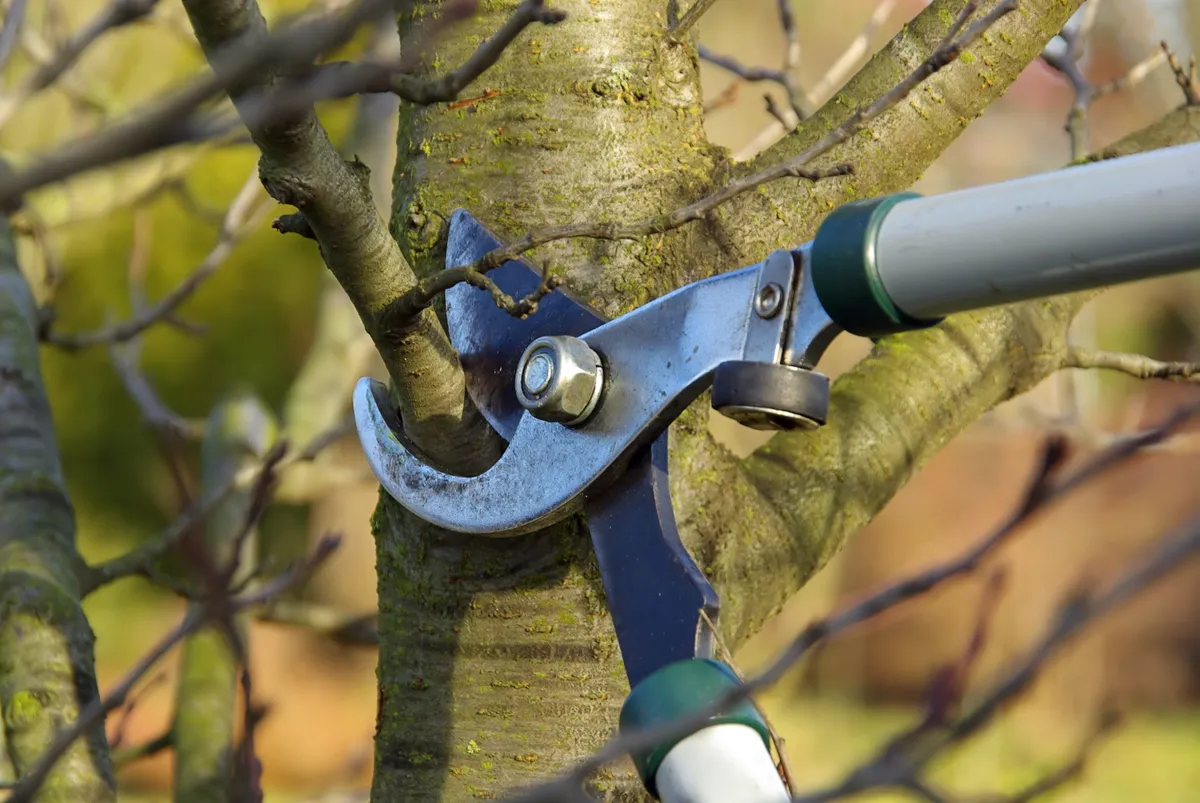
Winter prune apple trees
Fruit trees are dormant now, so it’s safe to prune them. Remove dead, diseased and damaged wood, and eliminate any instances of branches crossing and rubbing against each other - remove the weaker one. Wear gloves, use sharp, clean tools, and cut at an angle, so that the face of the cut angles downwards, allowing rain to run off it and preventing it rotting.
Start sowing veggies indoors
Sow Cavelo Nero, broad beans, winter salad and radish seeds, and plant onions, leeks and garlic. Sow peas indoors to plant out in March or April, and chit seed potatoes in a warm and dry place.
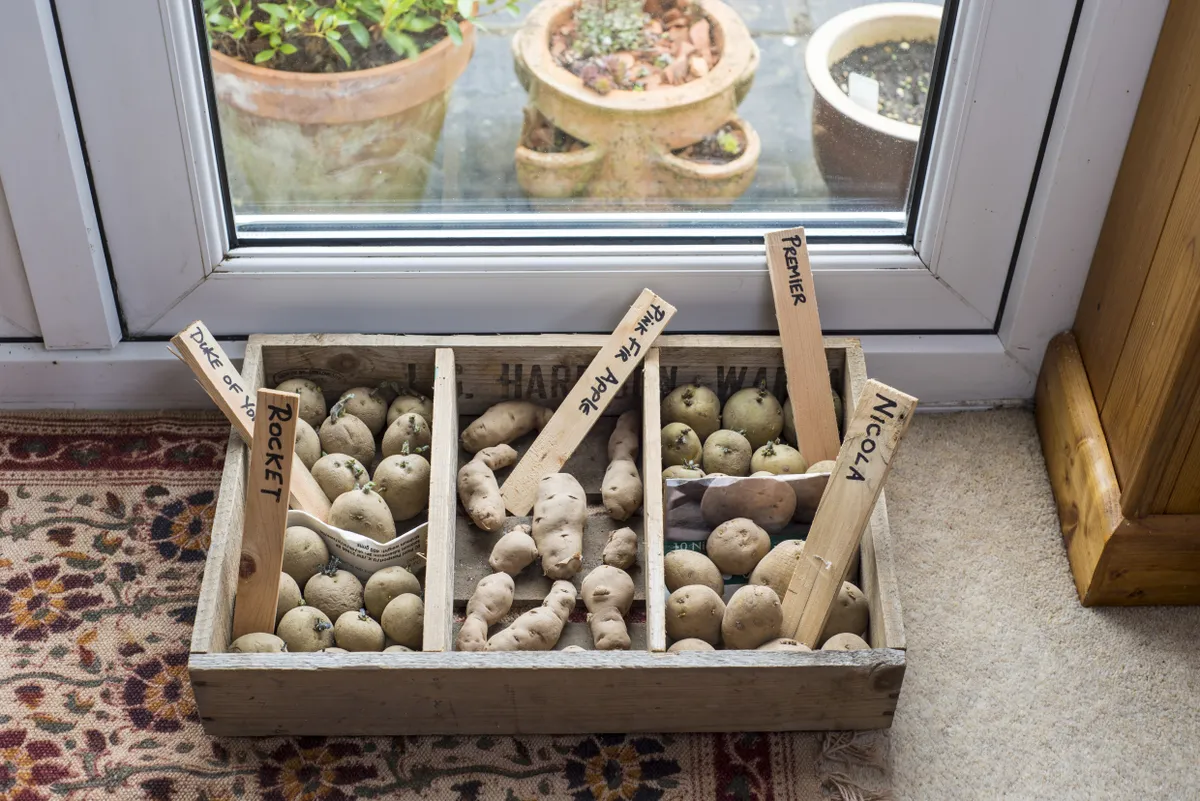
Divide snowdrops
Snowdrops spread by seed and will expand about 3cm in all directions per year. To help them spread more quickly, dig and divide them immediately after they’ve flowered and replant about 30cm apart. If you’re planting them from fresh, planting in February is usually the best route to success.
Wildlife friendly plants for winter
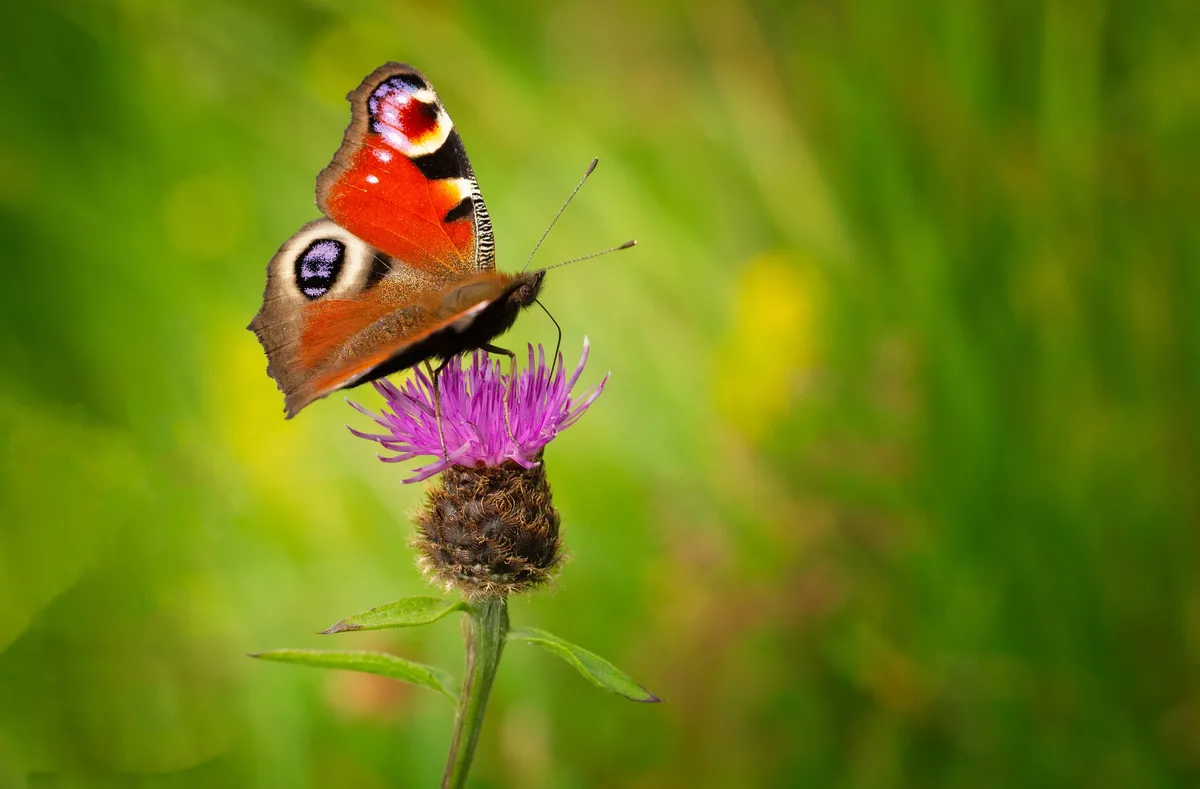
Winter is the best time to plant shrubs, small trees, climbers and hedging that will attract and help wildlife in the months ahead. For example, plant a Cotoneaster sternianus shrub to provide bees with summer nectar and birds with autumn berries; edge a border with a low hedge of lavender to feed bees and butterflies in high summer; and plant a range of dense, evergreen climbers (such as ivy) and shrubs (such as Euonymus fortunei ‘Emerald ’n’ Gold’) to create shelter and nesting sites for birds.
Winter wildlife gardening
Amid winter’s cold bite, garden wildlife needs a helping hand. And this barren season is also the optimum time to plant shrubs that will lure bees, butterflies and birds in the warmer months ahead.
Make your garden a winter haven for wildlife and you could save the lives of birds and bees, who may struggle to survive in prolonged harsh weather.

